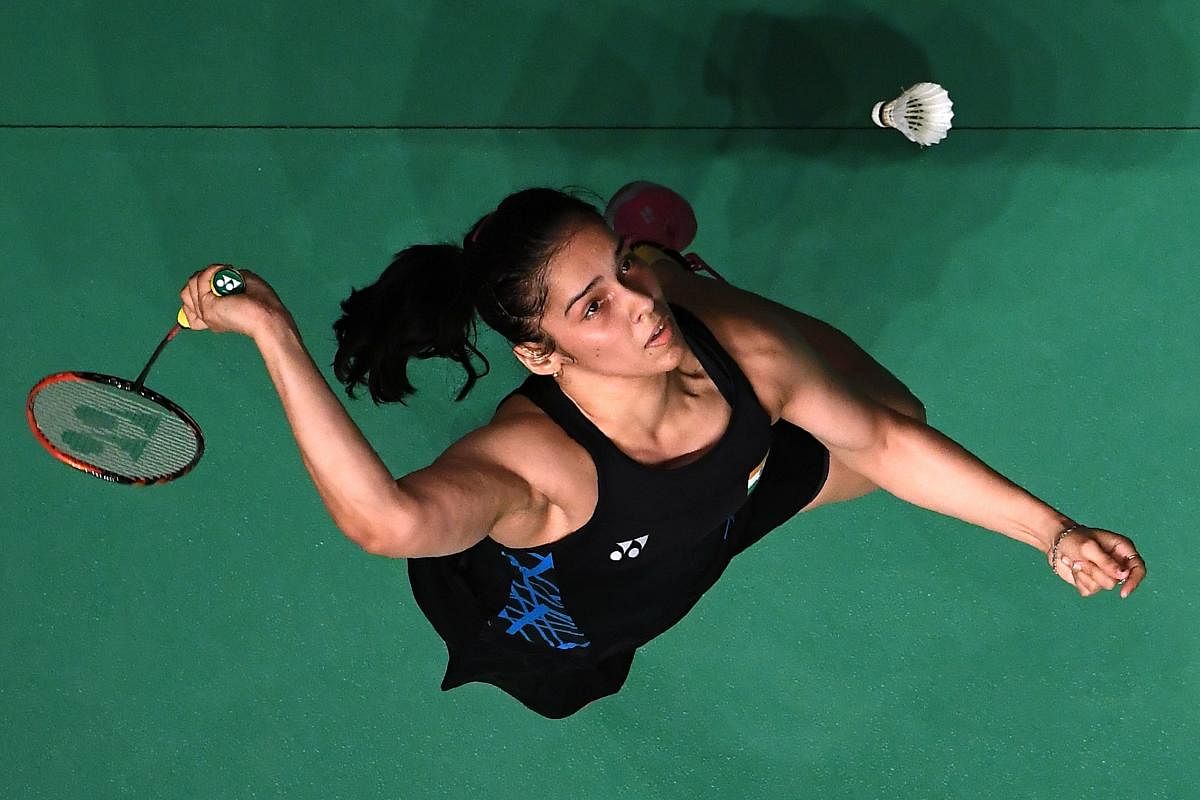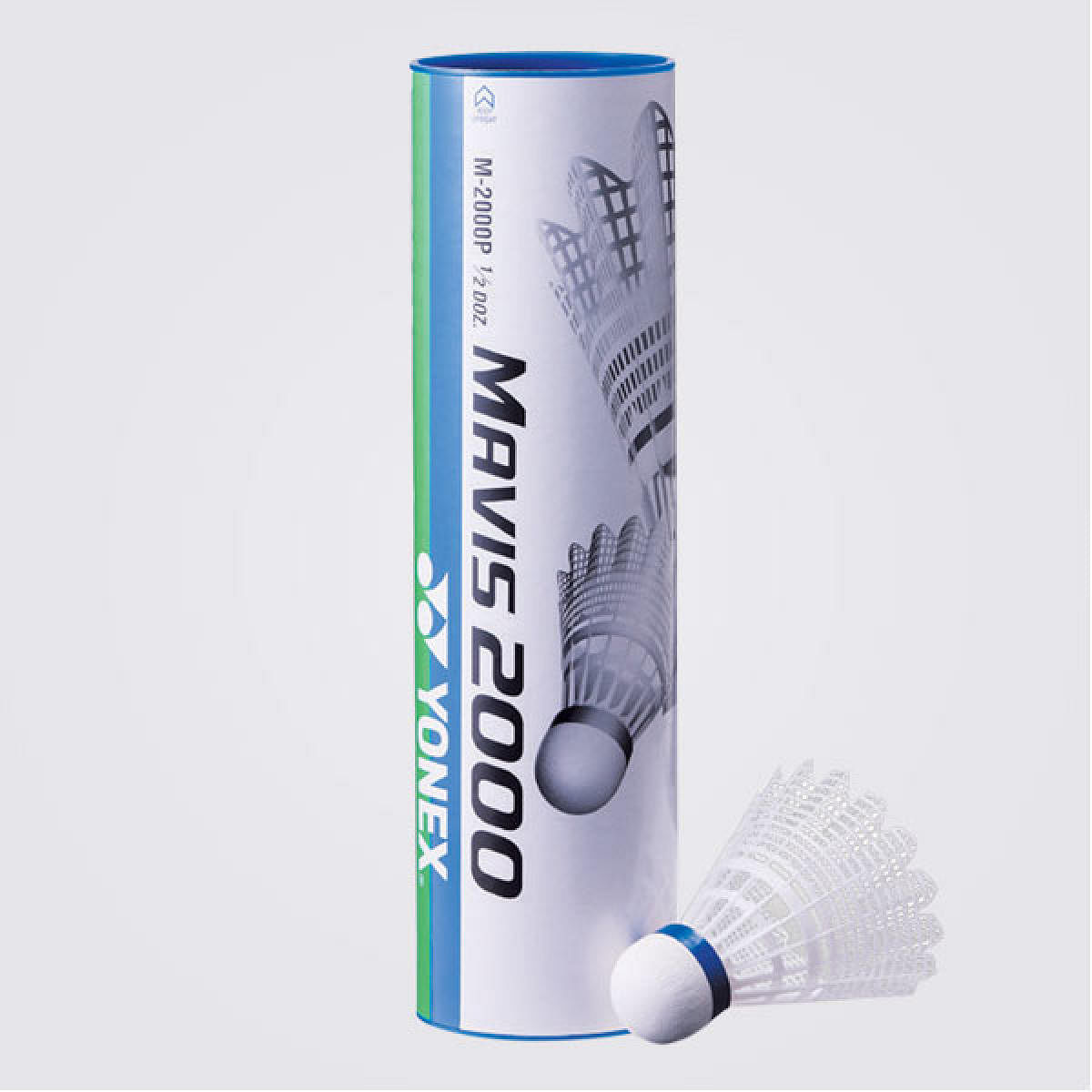

Following the announcement from the Badminton World Federation that it will begin the use of synthetic shuttlecocks from 2021 for its international tournaments, players and coaches are less than thrilled with the idea of the sport moving away from its traditional natural feather counterpart.
The world body announced this was an attempt to cut down waste, and keeping a long term vision for the sport BWF secretary-general Thomas Lund said the idea was “to ensure the long-term sustainability of badminton and become less dependent on using natural feathers for shuttlecocks.”
Vimal Kumar, former international and chief coach and director at the Prakash Padukone Badminton Academy, wondered: "Everywhere, the world over, people are trying to ban plastics and you are introducing plastics? That's the way I look at it."
Badminton is a sport that combines speed and precision, the deftness of a drop shot with the violence of a smash. It's the dichotomy that makes the sport one of the fastest growing and most improved in the country. And much of its defining characteristics come from the traditional goose feather shuttlecocks whose flight decides it all. And there is little doubt that the change in shuttlecocks will affect the game and performance.
Vimal, who has used the synthetic shuttlecocks during practice sessions to assess the performance before, believes that the synthetic shuttlecocks are still not nearly as good in quality as the current feather ones. This, he believes, will change the sport of badminton.
While BWF in their statement said that elite players were involved in testing and they were able to adjust to the variances between the synthetic and the traditional natural feather shuttlecock quite quickly, Vimal is far from convinced. Moreover, the world governing body has only approved one synthetic shuttlecock made by Yonex, leaving the rest of the manufacturers to come up with their models which will be up to par.
"I don’t know how BWF suddenly decided on that. They've been experimenting with plastic shuttles for many years but they've not been able to come up with a good alternative so far," he said.
So what are the changes that we can expect?
"So many things need to be worked out here, like the flight for example. Then in big air-conditioned halls, how the feather ones have been reacting to it and if the new ones will react the same way. I'm not sure where they are planning to introduce and whether these shuttles were tested by the players," said the Dronacharya awardee.
Vimal is also concerned over some of the finer skills, such as the light touches where you almost take the racquet out of the equation and play with soft hands, from badminton fading away from the sport.
"A lot of the skills involved at present - the delicate shots - may all disappear because you will not be able to execute them in plastic, it won't be the same feel. I think it will become probably more bashing and driving," he remarked.
The BWF has granted approval for the use of the approved shuttlecocks in any international BWF-sanctioned tournaments and it will be up to the hosts. However, Vimal opined it should be a gradual one.
"Maybe you need to look at the generation that is going to be introduced to the sport. They can play with the new shuttles rather than the present lot, they might find it extremely tough to cope with it."
Fellow coach and former international Arvind Bhat echoed the sentiments. "First and foremost, I think it will be implemented in the lower levels, maybe the Futures level," he said, citing the lack of quality as a big factor.
Meanwhile, from a player's perspective, Chirag Shetty -- World No 10 and one half of India's top doubles team along with Satwiksairaj Rankireddy -- gave an insight to the difference in the quality between the two and the adjustments required by players at the professional level.
"Even the best synthetic ones I've played with are not so great, so they will have to use something that's better quality. The plastic shuttlecocks spin a lot when you dribble. Control over it is very less when you compare it to the normal ones," he remarked.
In addition, in a sport that's often determined by inches, the accuracy is less and the flight different from what they are attuned to.
However, from a financial point of view, this move makes sense. One of the major factors for the sport being expensive is the cost of the shuttlecocks.
"The shuttles that we use as professionals will cost around Rs 3500 for a box of 12," Chirag said, explaining the economics involved in the sport. "Usually one box will last for just one session in training. In the national camp, if there are 15 people there will be five boxes used easily."
It's even more during a match, especially at the highest level, where even a small damage to the feather calls for a change in the shuttlecocks as the flight could be distorted.
According to reports, it was discovered during tests that the change in shuttlecock could reduce the usage by up to 25 per cent per match. This would cut costs and help the sport grow.
While any sport being accessible to the public is important, these are changes that can fundamentally rock the foundations of the sport. Many sports have seen seismic changes and adapted to it too. Perhaps, that will be the case here as well. Or maybe, this might just change how it's played.